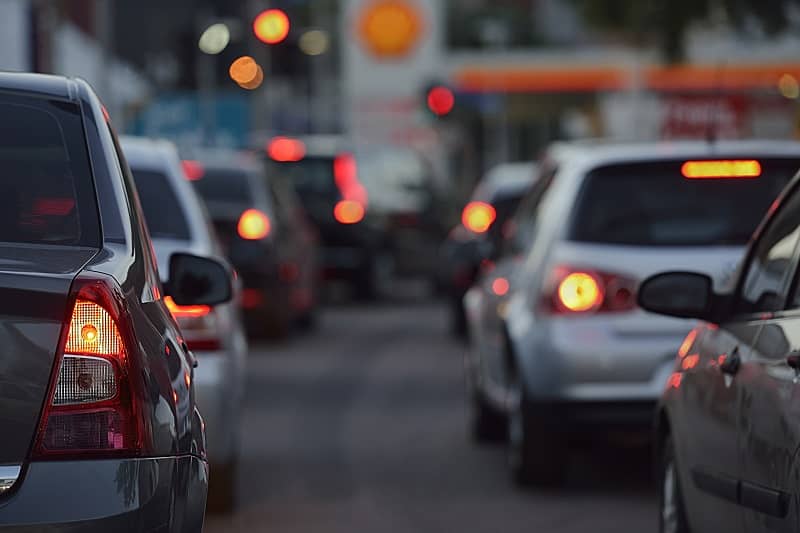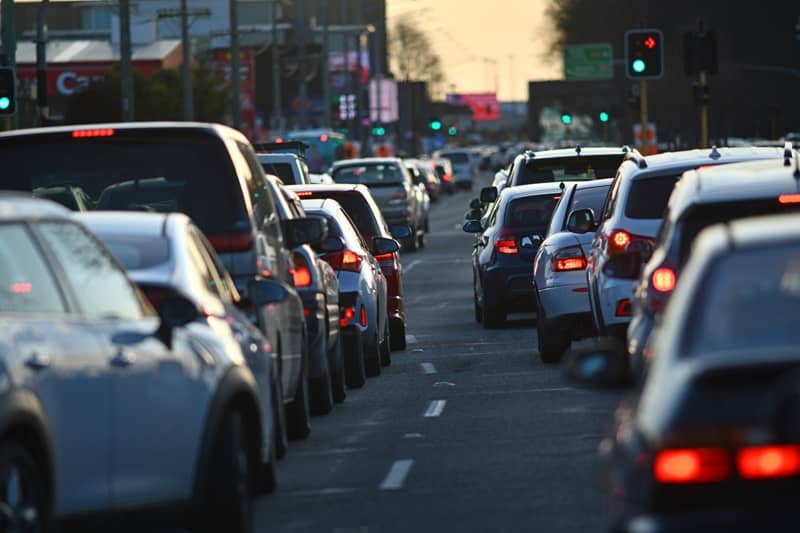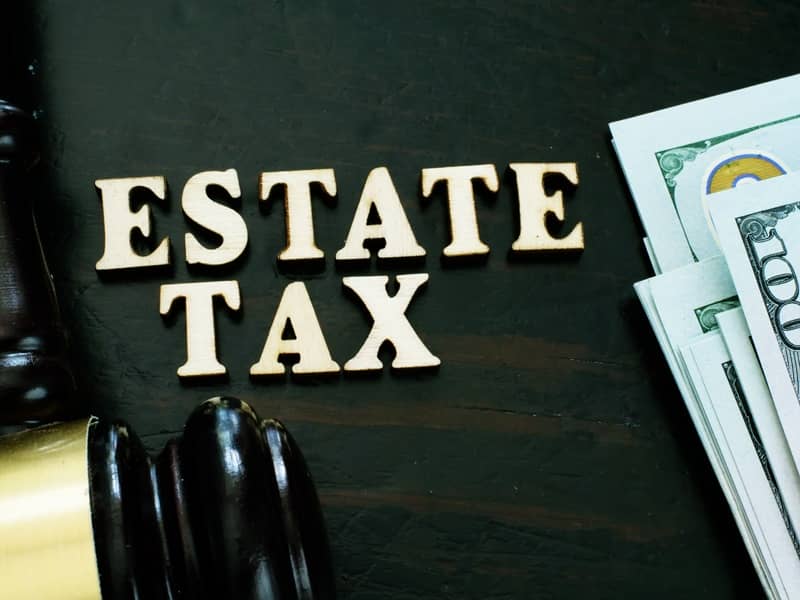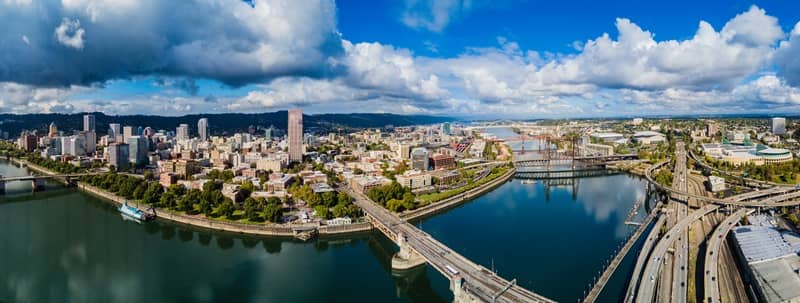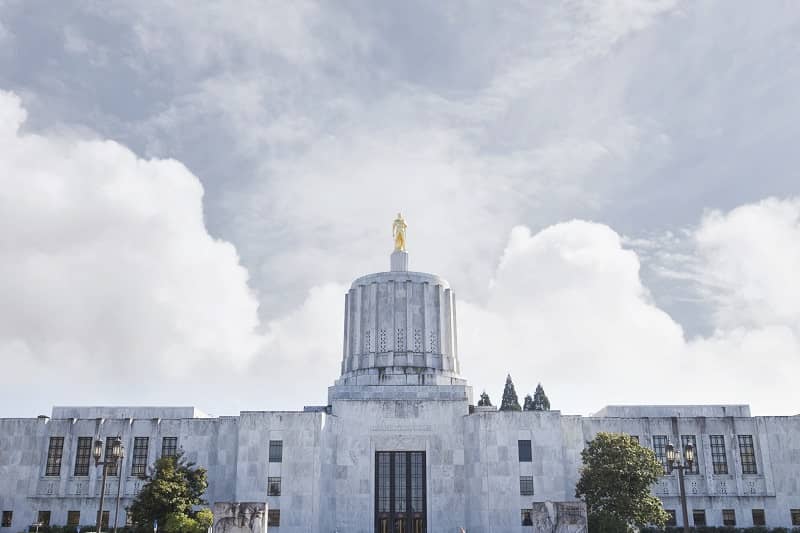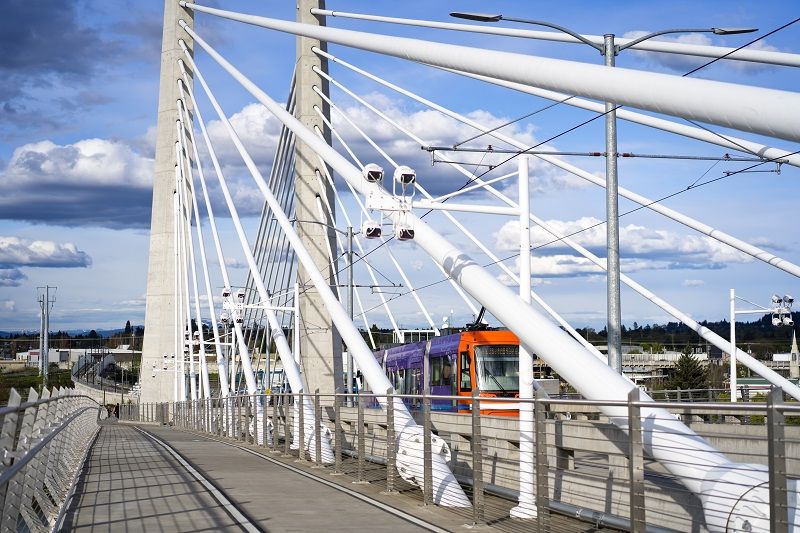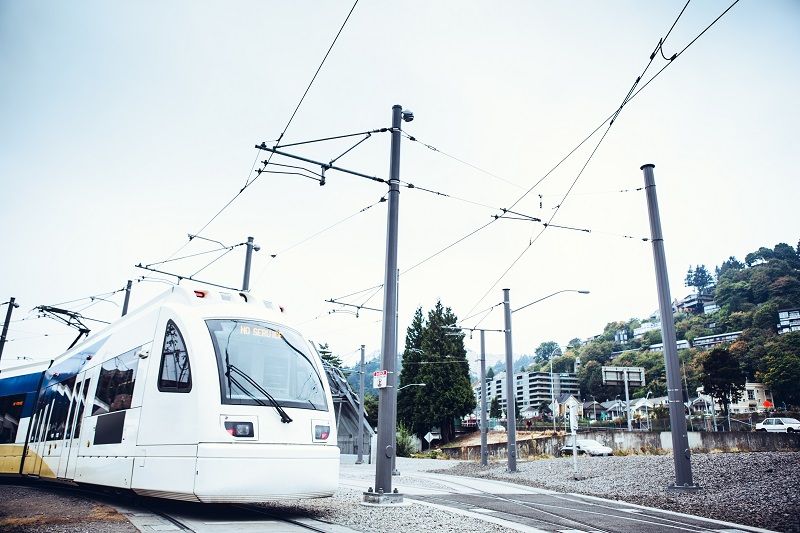John’s testimony before the Ways/Means subcommittee on Transportation on 4/20/2011 at 9:30am.
Listen to the audio here. John begins at 30:21.
Members of the committee, I am a lifelong transit user and take transit to Salem on most days (TriMet’s commuter rail from Beaverton to Wilsonville, connecting with an express bus to Salem operated by SMART or Cherriots). However, notwithstanding my personal preferences, there is no compelling state interest that would justify subsidies for rail programs through the ODOT budget.
Passenger rail is simply irrelevant in a low-density state like Oregon. The Portland rail program has failed because it is too slow, too expensive, and too inflexible. My daily ride on WES costs TriMet $18 per one-way trip, but I only pay $2.35. None of the capital costs are paid for by users. That is not a “sustainable” business model.
Rubber-tired transit continues to carry two-thirds of daily transit trips in the Portland region, despite being virtually ignored by TriMet. With low capital cost, this is the only mode that makes sense for transit in Portland.
For inter-city transit, we already have unsubsidized private bus companies operating, and further subsidies to Amtrak will be counter-productive.
For freight movement, rail is a for-profit business that should be supported by its customers. If that is not possible, then the business is not viable.
In looking at the specifics of HB 5046, I have the following brief comments:
- The Connect Oregon programs have relied so much on spending future lottery funds that the lottery is now tapped out. I’m sure you have all seen the February 11 memo from the state Treasury regarding the need to re-finance debt. Continuing to fund transit projects that are inherently uneconomic with lottery funds simply forecloses future uses of that money.
- Expansion of the Portland Streetcar to the south end of the South Waterfront district was financed in part with a $2.1 million Connect Oregon grant. The grant application promised a 30% market share of all district trips for the streetcar and 40% market share for commute trips. Having just completed field research in the district, I can assure you that actual transit use is far lower; on a typical weekday, the streetcar accounts for only 9% of all passenger-trips to and from the district during the hours of 6:00 a.m. to 10:00 p.m. (summary results attached).
- Oregon should stop chasing federal dollars for the Obama “medium-speed” rail program. Passenger rail will never be competitive or cost-effective in Oregon, and there is no willingness on the part of customers to pay for true “high-speed” rail.
- The ODOT “Oregon Rail Funding Research Task Force” should be disbanded. There is already an obvious source of funding: customers. If they are not willing to pay the cost of capital expansion and maintenance, the business is not viable.
- There should be no more funding for the OTC “flex funds” program; this has already been abused by TriMet to promote Milwaukie LR at the expense of more effective bus service.
- The $250 million previously appropriated for lottery-backed bonds to pay for Milwaukie LR was an egregious waste of money and should never be repeated. In its Fall 2010 Financial Forecast TriMet predicts 13,000 average weekday boardings for the opening year of this project, 2015. Of those, 4,500 are estimated to be former bus passengers switching due to the loss of bus service. Since one customer usually creates two “boardings” per day, the total number of new daily passengers is estimated to be only 4,250. At a total capital cost of roughly $1.5 billion, that works out to be $333,333 per new rider. I suspect that if we could locate these speculative new riders and ask them how they would like us to spend $333,333 to improve their mobility, few would actually vote for a slow train from Milwaukie.
- TriMet successfully manipulated the legislature into approving substantial payroll tax rate hikes in both 2003 and 2009 for the stated purpose of paying for the operating cost of new rail service such as the I-205 MAX line, but that line is operating at 33% below the service level promised to FTA. Therefore TriMet is defrauding the federal government, which paid for more than 70% of capital expenses (New Starts grants + flex funds used for the local match), and breaking promises made to the state legislature when the payroll tax rate was approved.
This pattern is about to repeat itself with the Milwaukie project, where planned levels of operating service have already been lowered due to TriMet’s financial problems.
- Contrary to claims made by TriMet, passenger rail is not “high-capacity” transit; it is “low-capacity, high-cost” transit, which is the exact opposite of what we need.
- Local transit districts should be raising operating and capital funds locally through customer fares; there is no role for ODOT to play in local matters unless it is simply passing through federal funds.
